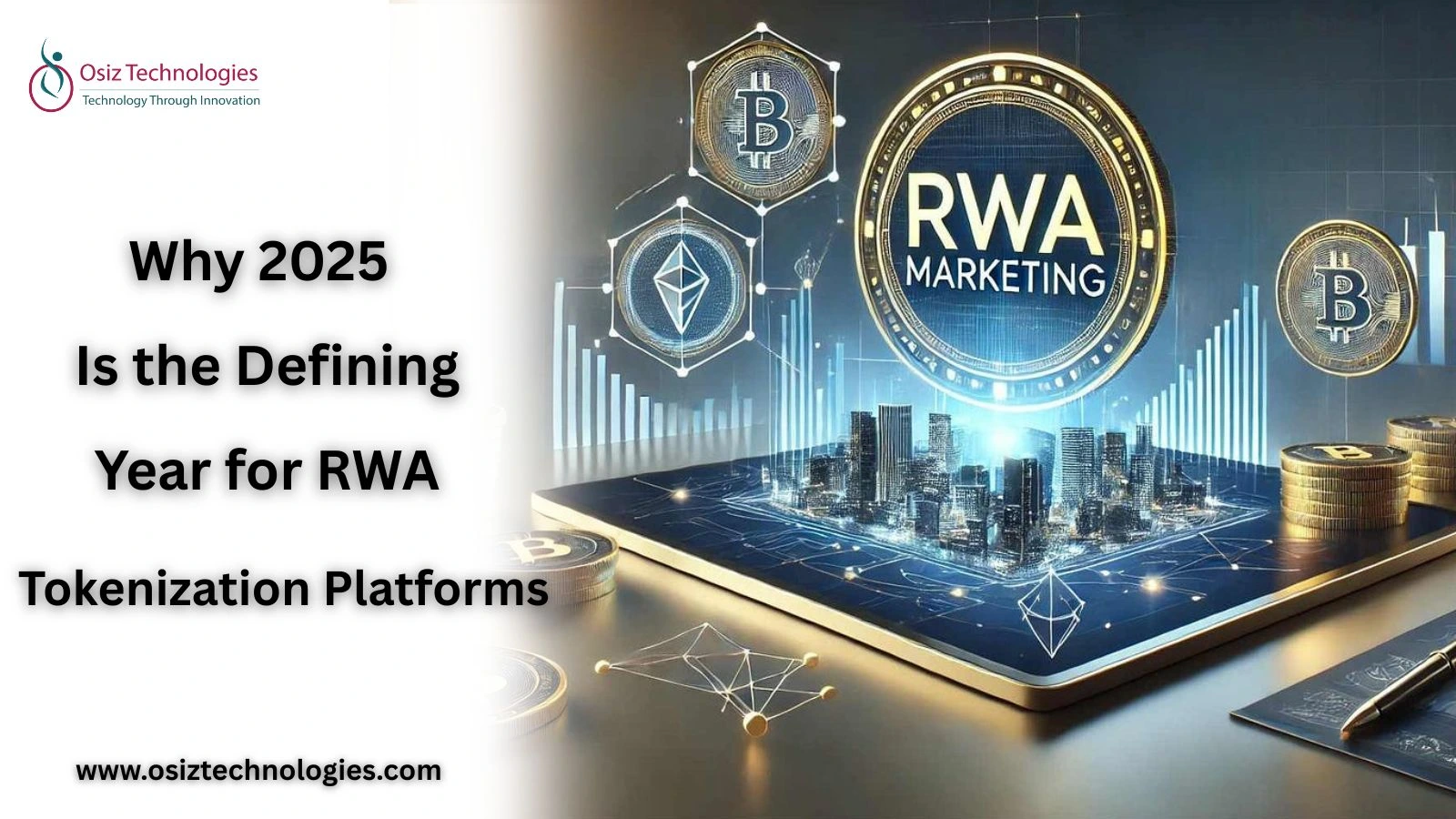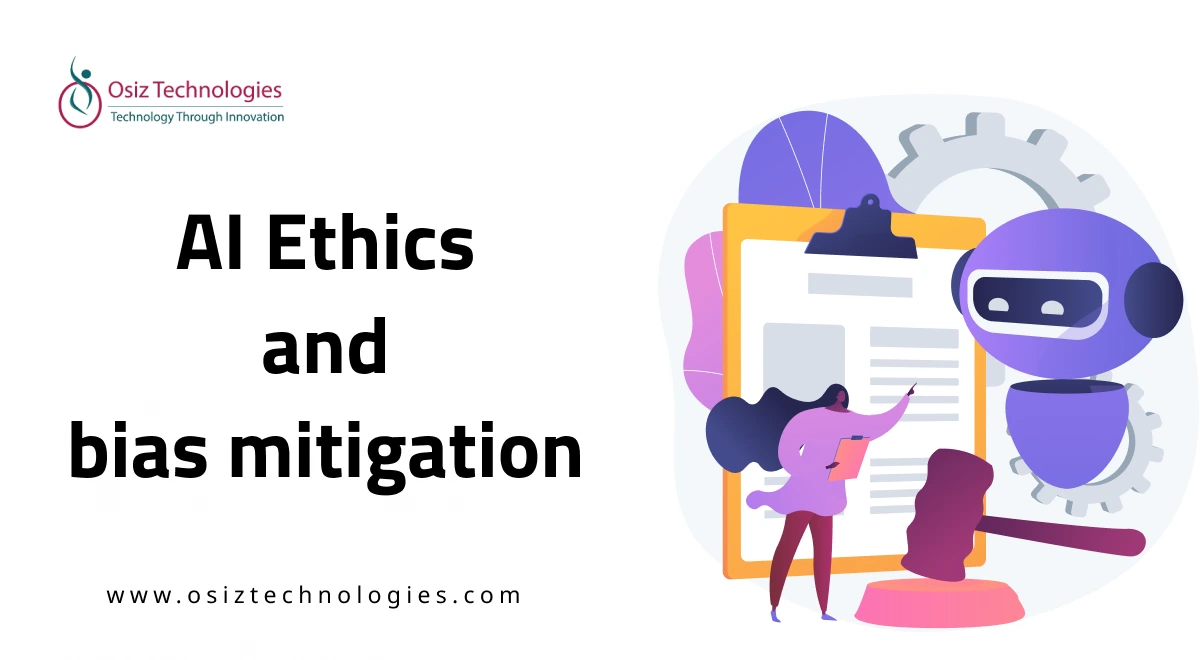ETFs are popular because they're easy to get into, spread your investments, and have clear prices. Now, blockchain is changing the game. Investors want quicker, clearer, and easier ways to manage money as markets become more digital. This change asks the ETF world to update how it works, be more open, and try new ideas that mix safety with speed.
Understanding ETFs
Exchange-Traded Fund (ETFs) are investment funds holding assets such as stocks or bonds and trade on exchanges like stocks. Investors find them appealing because they offer risk diversification, typically have lower fees, and are easy to trade throughout the day.
What Blockchain Brings to Traditional Finance
Blockchain tech improves finance because it makes records that are time-stamped and can't be changed, so it's easy to check them. This closes information gaps, cuts down on fraud, and makes sure every deal can be tracked easily. With better audit trails, banks can run things more responsibly and reliably.
It also makes things faster by getting rid of many middlemen and old-fashioned manual steps that slow down the old systems. Direct deals and automated contracts speed up how quickly things get settled, while also lowering costs to run things. This not only makes workflows better, but it also helps financial markets run smoother, faster, and more consistently.
Lastly, blockchain makes finance safer through coding protection and spread-out checks. Since data can't be changed without everyone agreeing, it really lowers the chance of messing with things or getting unauthorized access. This better security helps make trust stronger in financial systems and backs a stronger digital setup for finance.
How Blockchain Fits into the ETF Ecosystem
Real-Time Asset Transparency - Real-time access to ETF asset data via blockchain eliminates delays typically caused by traditional reporting, enabling instant visibility into fund holdings.
Faster Settlement Cycles - Settle ETF trades faster using blockchain. It validates and transfers ownership almost instantly. This lowers risk and makes the whole market work better.
Reduced Operational Costs - Cut costs by automating tasks like reconciliation and compliance. Blockchain can handle repetitive jobs, leading to a simpler and cheaper ETF setup.
Improved Security and Fraud Prevention - Transactions are secured with blockchain. This lowers the chances of data issues. Stronger security builds trust for institutions handling ETFs.
Streamlined Creation and Redemption Process - Creating or redeeming ETF shares is simpler with blockchain. Asset transfers and verification are automatic and clear.
Smart Contract Automation in ETFs
Automated Rebalancing
This let ETF portfolios rebalance on their own using set rules. This cuts out manual delays and makes things more correct for investors. These automated changes confirm asset weights stay in line with the fund's plan as things happen. When rebalancing gets easier, dealing with corporate actions falls into place with automation.
Corporate Action Handling
Things like dividends, splits, and mergers are handled right away and the same way on-chain. This lowers mistakes that often happen in old systems. With blockchain tracking, every change is clear and can be checked, making data flows cleaner. This automation leads to the next step: compliance checks.
Automated Compliance Checks
Smart contracts put rules in place as things happen, giving constant oversight instead of checks every so often. This lowers compliance costs, speeds up reporting, and confirms funds follow market rules. With automation making ETF operations stronger, saving money becomes a big perk for issuers and investors.
Cost Efficiency and Operational Benefits
Reduced Intermediary Costs
Blockchain technology minimizes the need for intermediaries in approvals and settlements. By reducing manual processes, transactions become quicker and less expensive, lowering operational expenses for banks.
Faster Transaction Settlement
Old-fashioned settlement processes can take days because of delays. Blockchain allows near-instant processing using automated agreements. Less waiting means lower costs and better cash flow.
Streamlined Auditing and Compliance
Audits are easier because blockchain data can't be changed and is easy to track. Compliance teams spend less time checking records and fixing errors. This lowers labor costs and reduces paperwork.
Lower Risk of Errors and Fraud
Automated contracts and protected data minimize errors and fraud. With fewer issues, there's less need for costly repairs or legal battles. Banks benefit by avoiding these problems altogether.
Automation Through Smart Contracts
Smart contracts take care of routine tasks such as payments and reports. This reduces manual work and lets teams focus on important jobs. This added productivity means consistent savings for the firm.
Tokenized ETFs: A New Investment Avenue
Tokenized Commodities
Converting commodity-backed ETFs into blockchain tokens enables quicker settlements, real-time audits, and transparent tracking of physical assets, enhancing trust in gold, oil, and agricultural ETFs.
Fractional ETF Units
Tokenized ETFs let investors own parts of a share, which makes funds that cost a lot easier to get for smaller portfolios. This opens things up to more people, especially in global markets that want investing to include everyone.
24/7 On-Chain ETF Trading
Unlike old-fashioned exchanges with set trading times, blockchain ETF tokens be traded anytime. This helps global investors and makes ETF liquidity match the flexibility of the crypto market. With trading always available, mixed ETF models are the next thing to try.
Possibility of Hybrid ETFs (Crypto + Stocks + Commodities)
Mixed ETFs put digital assets, regular stocks, and goods into one tokenized thing, giving varied exposure on-chain. This setup is good for investors looking for current, multi-sector exposure in one tool. As mixed choices grow, real-world uses start to appear across the globe.
Use Cases Emerging in Global Markets
Real-Time NAV Calculations
Blockchain technology gives you instant fund values. It syncs price info from many places right away. This fixes a big problem with old-fashioned ETFs and that improves how settlements work.
Faster Settlement Cycles (T+0)
ETFs can settle almost immediately instead of taking days, lowering risks and facilitating quicker fund transfers for traders worldwide. This faster settlement also enhances market transparency.
On-Chain Compliance Monitoring
Regulatory checks happen all the time, so funds always follow the rules without needing people to do it. This cuts down on paperwork for issuers and custodians. With more secure compliance, ways to distribute funds also get better.
Global Investor Access Without Intermediaries
Tokenized ETFs let investors from anywhere access funds directly through wallets. This gets rid of location limits that often hold back global fund involvement. When global access grows, tokenizing many kinds of assets comes next.
ETF Distribution Through DeFi Platforms
DeFi platforms allow ETF tokens to be traded or used as collateral. This joins old-style finance with new markets, which makes way for a fresh investment environment all over the world. As DeFi ETFs become more popular, what's next for blockchain ETFs gets easier to imagine.
Conclusion: Future Outlook for Blockchain-Enabled ETFs
Blockchain tech is changing how ETFs work, bringing better automation, openness, and worldwide reach. Since people want products that are both cost-saving and adaptable, Blockchain in ETFs is becoming a must for today's investment approaches. Plus, tokenization brings even extra value by making ETF structures that are divisible, easy to trade, and simple to get into.
Given these advantages, ETFs using blockchain are doing better than older systems. Osiz Technologies, being an efficient Blockchain Development Company helps make this change. We give the blockchain know-how and support needed to get institutions to use blockchain in ETFs and create a more efficient ETF setup that’s ready for what comes next.
Listen To The Article
Recent Blogs

Black Friday 30%
Offer











